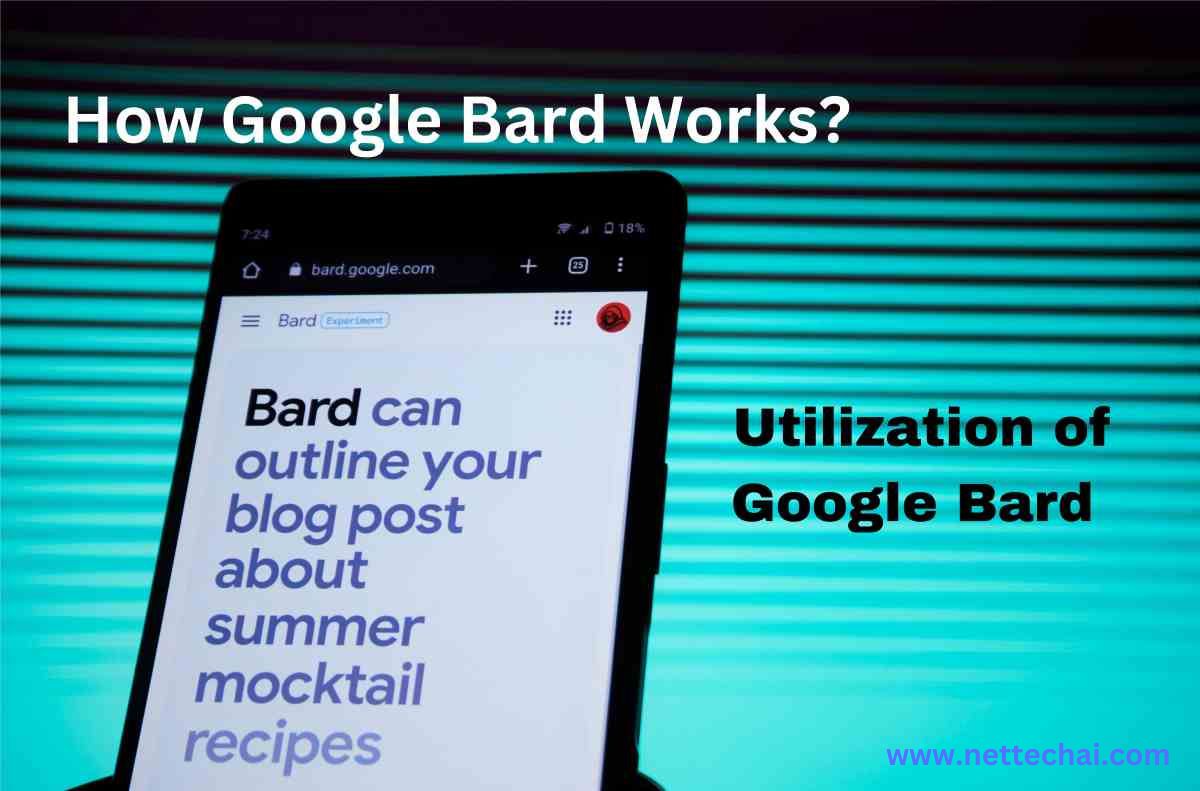What is Google BARD? Everything you need to know

In the ever-evolving realm of search engines, Google has always been at the forefront of innovation. With each update, Google aims to enhance user experience by providing more accurate and relevant search results. One of the latest game-changers in this endeavor is Google BARD, an acronym for “Bidirectional Attention-based Representation for Documents.” In this comprehensive article, we will explore the workings and utilization of Google BARD, shedding light on how it’s reshaping the world of search.
What is Google BARD?
Google BARD is a revolutionary language understanding model developed by Google. Unlike its predecessors, which relied on keyword matching and algorithms, BARD takes a giant leap forward by incorporating advanced natural language processing (NLP) techniques. At its core, BARD is designed to improve the way Google’s search engine understands the context and relevance of content.
How Does Google BARD Work?
Document Understanding:
Google BARD starts by analyzing entire documents instead of just isolated keywords or phrases. It breaks down a document into smaller sections, such as paragraphs or sentences, and evaluates the relationships between them. This allows BARD to understand the context and flow of information within a document.
Bidirectional Attention Mechanism:
BARD employs a bidirectional attention mechanism, enabling it to consider both the left and right context of a word or phrase. This means that BARD understands how a particular word or phrase relates to the words that come before and after it. This is a significant departure from previous models that often struggled to capture the nuances of language.
Contextual Understanding of Google Bard
Context is key in language understanding, and BARD excels in this aspect. It comprehends the meaning of a word or phrase by considering its context within the document. This contextual understanding allows Google to provide users with more precise and relevant search results.
Utilization of Google BARD
Now that we have a grasp of how Google BARD works, let’s delve into how it is utilized to enhance various aspects of search:
Search Engine Results:
Google BARD plays a pivotal role in improving the quality of search engine results. By understanding the context of documents, BARD helps Google deliver more accurate and contextually relevant search results. Users can now find information that aligns better with their specific queries.
Featured Snippets and Rich Answers:
BARD powers the generation of featured snippets and rich answers, which appear at the top of search results. These snippets provide users with concise and informative responses to their queries, often negating the need to click through to a webpage.
Voice Search in Google Bard
As voice search becomes increasingly popular, BARD’s language understanding capabilities are crucial. It enables voice assistants like Google Assistant to interpret and respond to spoken queries more effectively, making voice search a seamless experience.
Content Creation and SEO:
Content creators and SEO professionals can leverage BARD by producing content that aligns with its language understanding capabilities. This includes crafting natural and context-rich content that resonates with users and aligns with their search intent.
Question-Answering Systems:
BARD is instrumental in the development of question-answering systems, chatbots, and virtual assistants. These systems rely on BARD’s ability to comprehend and respond to user queries in a conversational manner.
Optimizing for Google BARD
Now that we understand the significance of Google BARD, here are some strategies to optimize your content and SEO efforts for this groundbreaking language understanding model:
Natural Language Usage:
Craft your content using natural language. Avoid keyword stuffing and focus on providing valuable, informative, and well-structured content that answers users’ questions.
Long-Form Content:
BARD rewards in-depth and comprehensive content. Consider creating longer articles that thoroughly cover a topic and provide extensive information.
How to Structured Data in Google Bard
Implement structured data markup on your website to help BARD better understand the content and context of your webpages. This can lead to enhanced search results with rich snippets.
User Intent Research:
Understand the intent behind user queries and create content that directly addresses those intents. BARD is designed to provide relevant results, so align your content accordingly.
Mobile Optimization:
Ensure that your website is mobile-friendly, as BARD considers the mobile experience when ranking pages. Fast-loading, responsive design is essential.
Conclusion
Google BARD represents a groundbreaking leap in language understanding for search engines. Its ability to comprehend context and provide more relevant search results is transforming the way we search for information online. As content creators, SEO professionals, and digital marketers, it’s imperative to adapt to this evolution by producing high-quality, context-rich content that aligns with the capabilities of Google BARD. By doing so, we not only improve our search rankings but also enhance the user experience for countless online searchers, making the internet a more informative and accessible place.

